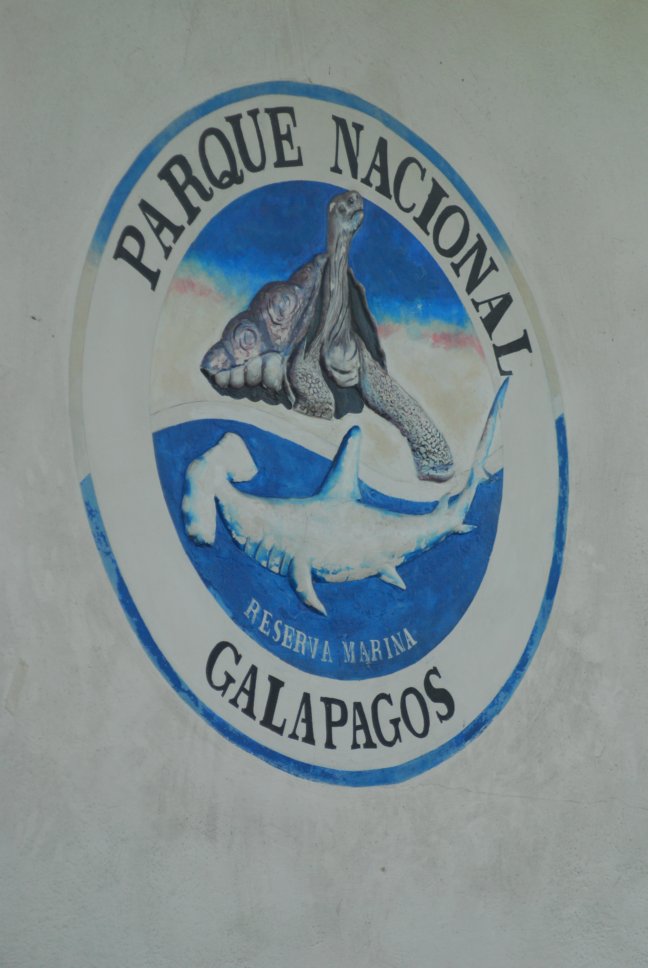Galapagos 101 – Survival of the Fittest

I remember as an 11 year-old, waking early every Saturday morning to watch Jack Hanna´s Animal Adventures. For a few years, Jack focused exclusively on the wildlife of the Galapagos Islands. With every tortoise, sea lion, iguana and blue-footed boobie I saw, I vowed to one day explore the Galapagos Islands on my own.
Nearly 25 years later, I´ve made it.
Discovered by accident in 1535, the Islands formed millions of years ago, the result of volcanic activity. The wildlife of the archipelago is unique. Because the Islands have never been attached to land, the flora and fauna found here must have either flown or floated thousands of kilometres in order to establish themselves here.
The Galapagos Islands are a collection of 13 main islands, covering 7,882 square kilometres. Both the land the surrounding ocean are a UNESCO World Heritage site. The landscape, plants, birds and animals are surprisingly different from one island to the next, and the adapatations each species have made are remarkable. It´s no surprise that this is where Charles Darwin first came up with his ideas about evolution (and the Origin of Species).
There are few predators here, and the birds, reptiles and mammals have yet to develop the instict to fear humans. Guests of the Galapagos have the privilege of up close and personal encounters with the wildlife unlike anywhere else in the world.
Unfortunately, the impact of humans on the Islands has been significant. From the introduction of non-native plants and animals wreaking havoc on the eco-systems, to the 100,000 annual tourists, the Galapagos Islands are at risk. Some predict that the Islands won´t be here for the next generation to enjoy.
We know we´re lucky to be here. We hope our blog and photos will give you a taste of this magnificent place.
Tags: Ecuador, Travel

